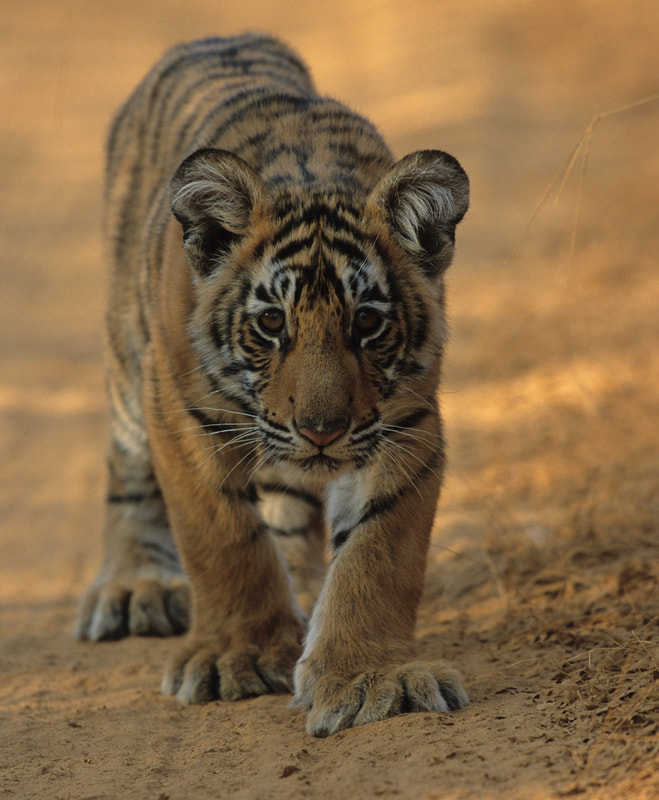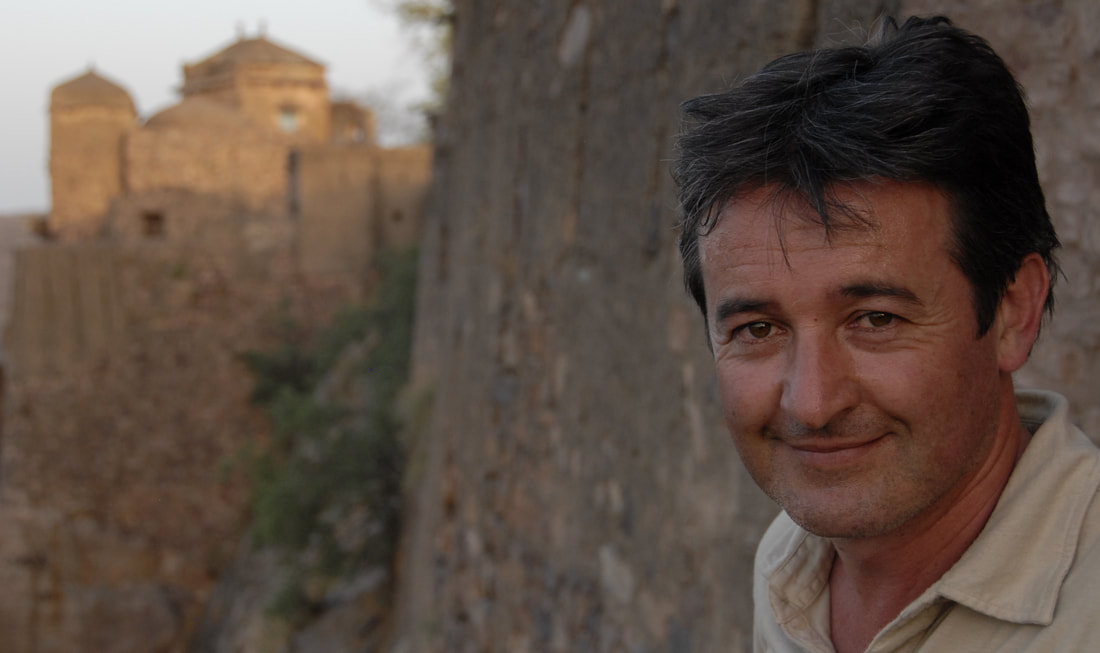|
We reached out to our festival filmmakers to ask them questions about the experience of making their films.
What inspired this story? Early in his career, Irish Cameraman Colin Stafford-Johnson spent almost 600 days filming Broken Tail & his family in Ranthambhore India’s most magnificent tiger reserve for a series of the finest tiger documentaries ever made. Broken Tail was the most charismatic tiger cub he'd ever seen and Colin filmed him almost daily throughout the first year of his life. But then Broken Tail disappeared without trace leaving a host of unanswered questions. Colin returned home to Ireland but Broken Tail’s disappearance continued to haunt him. Years later when he heard of a tiger matching Broken Tail’s description killed by a train hundreds of miles from the reserve, Colin felt he owed it to Broken Tail to find out what happened, retrace his last journey and discover just how he’d managed to survive outside the safety of a reserve. Were there any surprising or meaningful experiences you want to share? The team launched into the film expecting it to be a tale of woe for tigers. Our aim was to highlight the issues, reveal the habitat destruction and show the problems facing tigers in the hope that things might change. What we found was something often very different. Broken Tail left the safety of Ranthambhore Reserve and wandered for 200 miles through often densely populated countryside. He was no lurking fugitive but relaxed and confident among people and was able to thrive with ease among an extremely tolerant rural population in Western India. He wandered and on his journey found corridors and areas of land that could support him and other tigers. Until he came to his final sanctuary – a place called Darrah and settled here, he was not a tiger in trouble.
Describe some of the challenges faced while making this film.
The biggest challenge in making Broken Tail was getting funders to back it. Conservation films are always a very difficult sell to mainstream broadcasters, but a tiger conservation film that centred around an already dead tiger was an incredibly difficult sell. In the end, we took quite unconventional funding routes for a Natural History film and thankfully once it was made, all of the leading broadcasters came on board. In the field the biggest challenge for the production was Indian bureaucracy. At the time of filming there was a lot of tension in India about the state of the tiger population. The level of work involved in obtaining permissions required to film in protected areas was enormous and the rules and procedures changed regularly. This slowed the production down substantially and also meant that we had to keep our shooting plan very flexible.
What drove you as a filmmaker to focus on big cats?
I think there are a few iconic species that every natural history film maker would like to make a film about in their career and Tigers is one of them. For years producers John Murray & Cepa Giblin had been trying to find a tiger story, but were adamant that they didn’t want to make just another tiger profile documentary. With international headlines on a daily basis about the dwindling tiger numbers in India, they wanted a strong conservation film with a powerful emotional story at its heart, a film that might make a difference in some way. So, it was a chance meeting with Colin Stafford-Johnson that brought this idea. Through Broken Tail’s story they could see the complexities of the issues facing tigers and a means to bring them to an audience through the remarkable story of one individual tiger.
1 Comment
Maggie Keller
2/19/2024 11:05:56 pm
The filmmakers should have followed Broken Tail out of the park. That’s why he came to see them after his brother died. He was telling them he was leaving the park. 😔
Reply
Leave a Reply. |
Archives
March 2024
Categories
All
|
Contact UsJackson Wild
240 S. Glenwood, Suite 102 PO Box 3940 Jackson, WY 83001 307-200-3286 info@jacksonwild.org |



 RSS Feed
RSS Feed